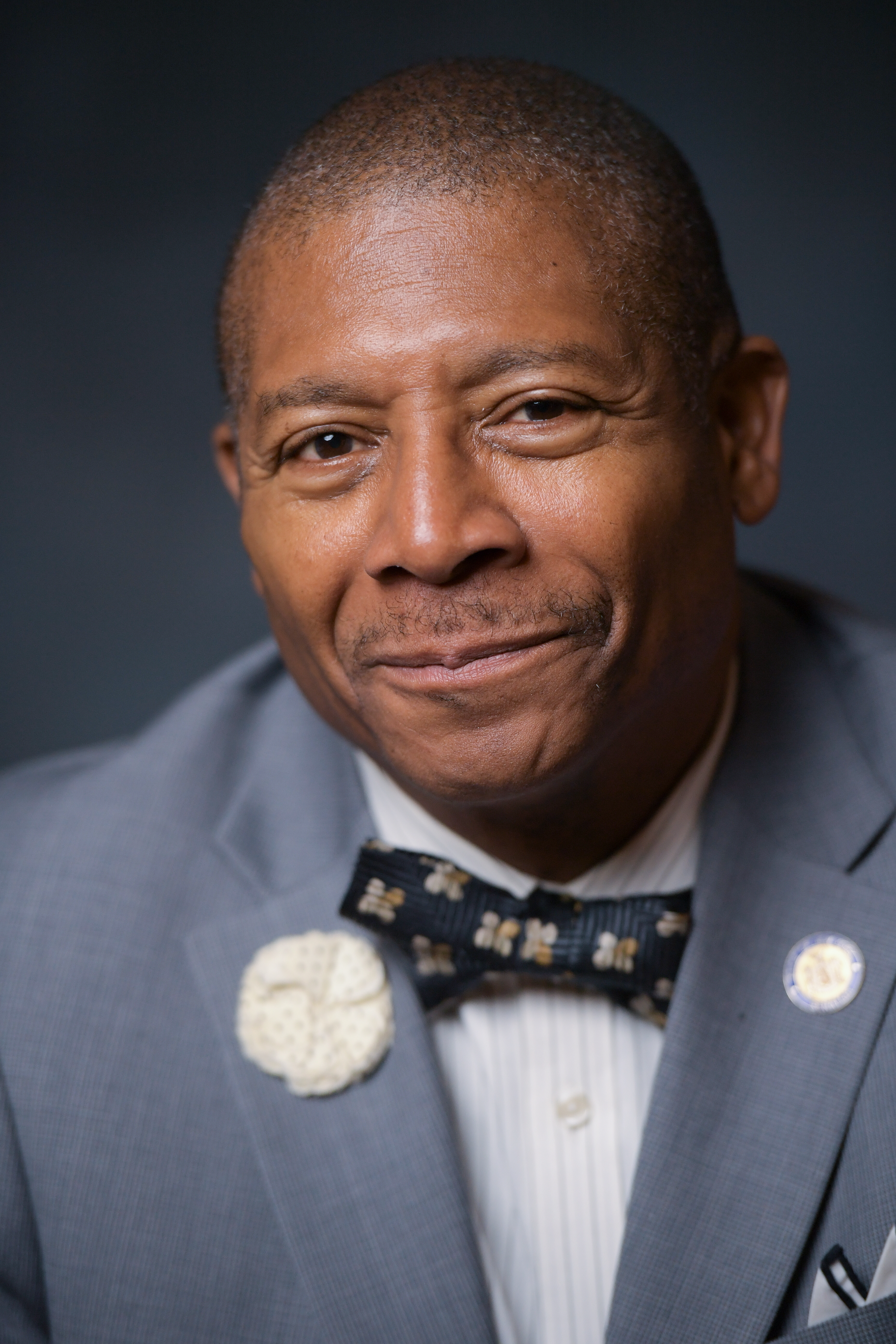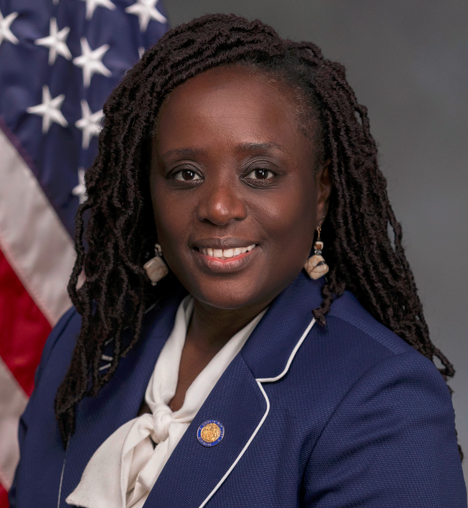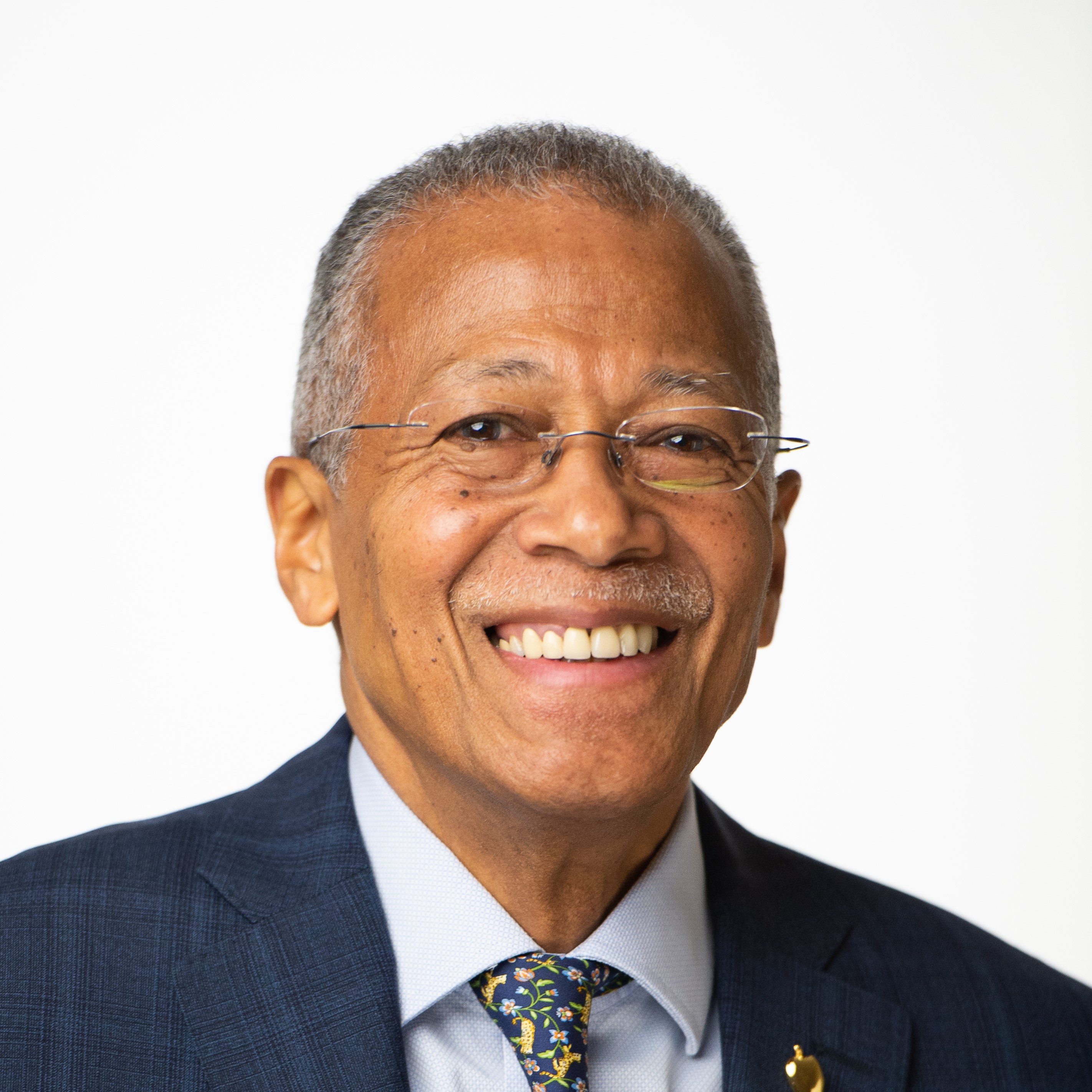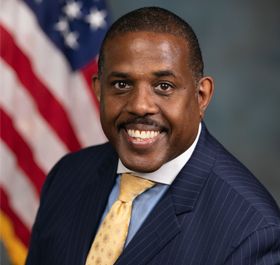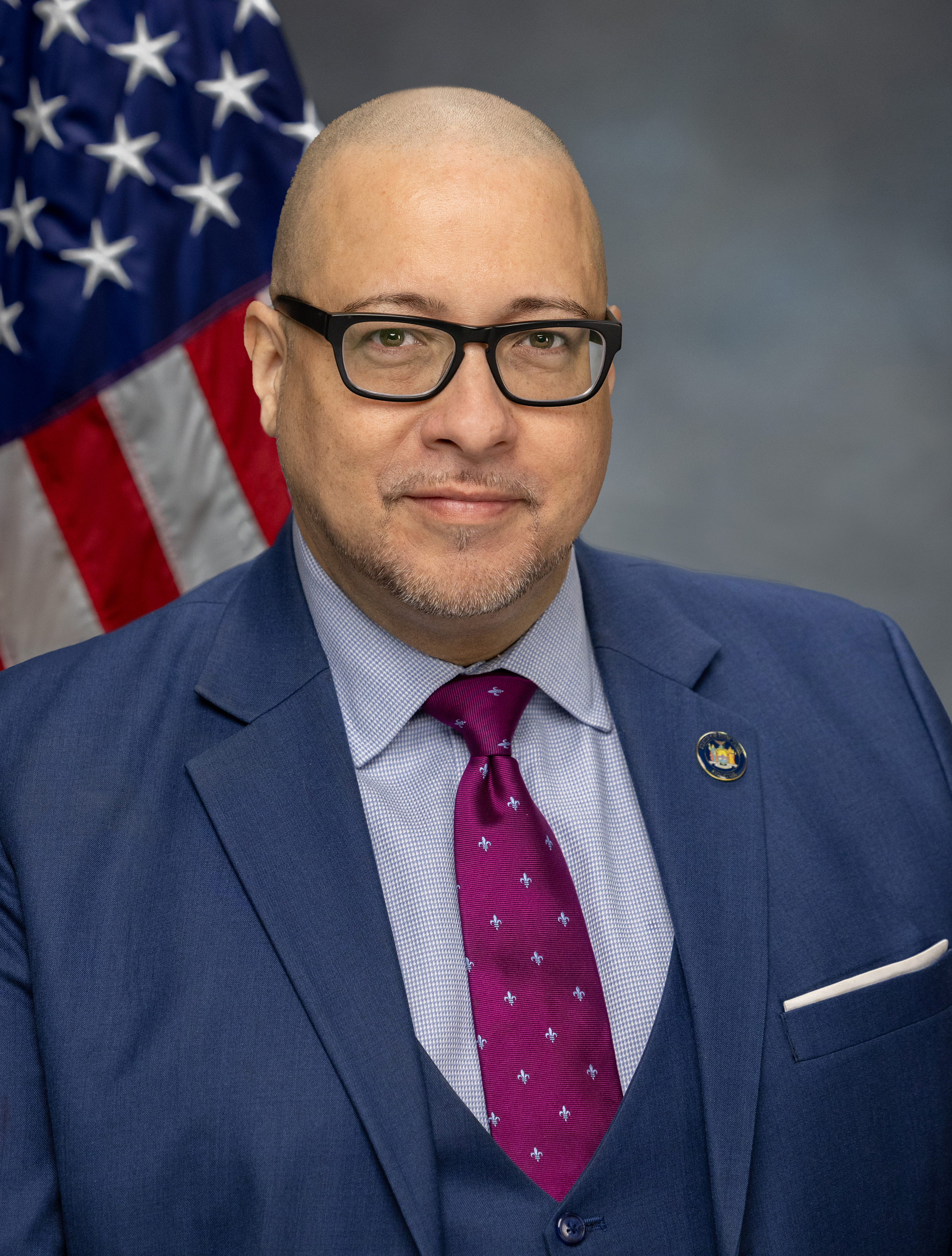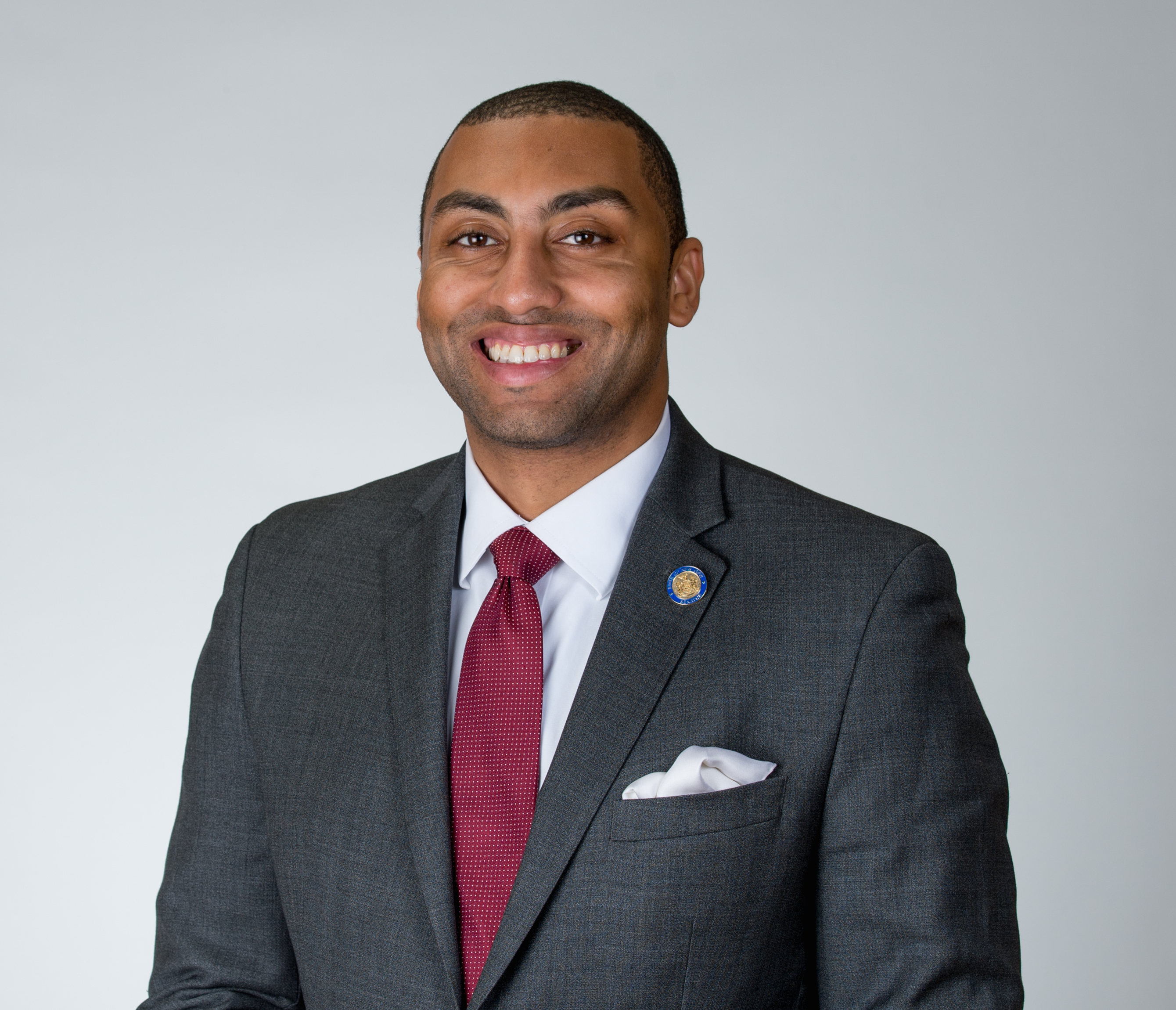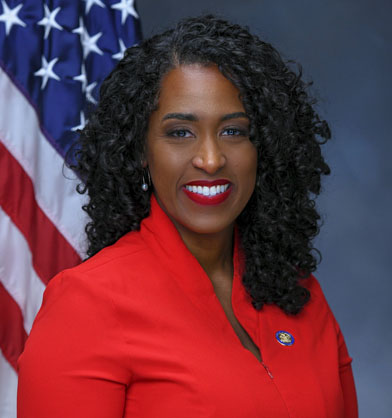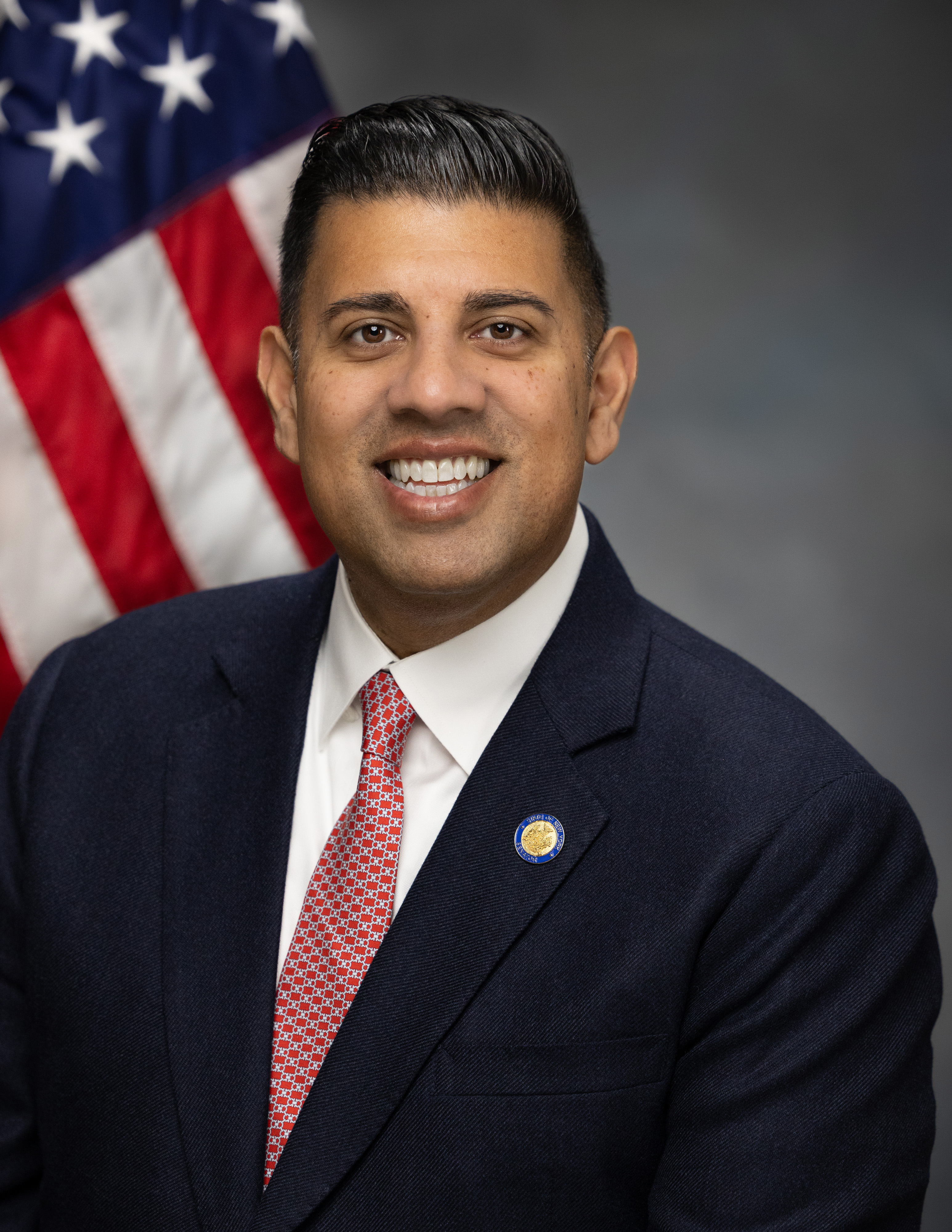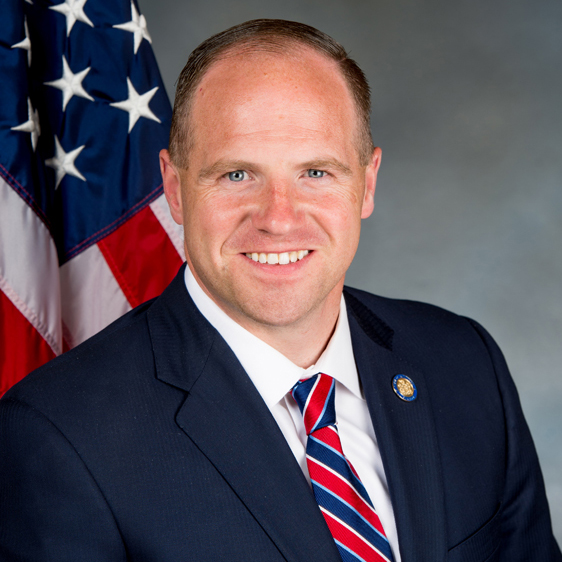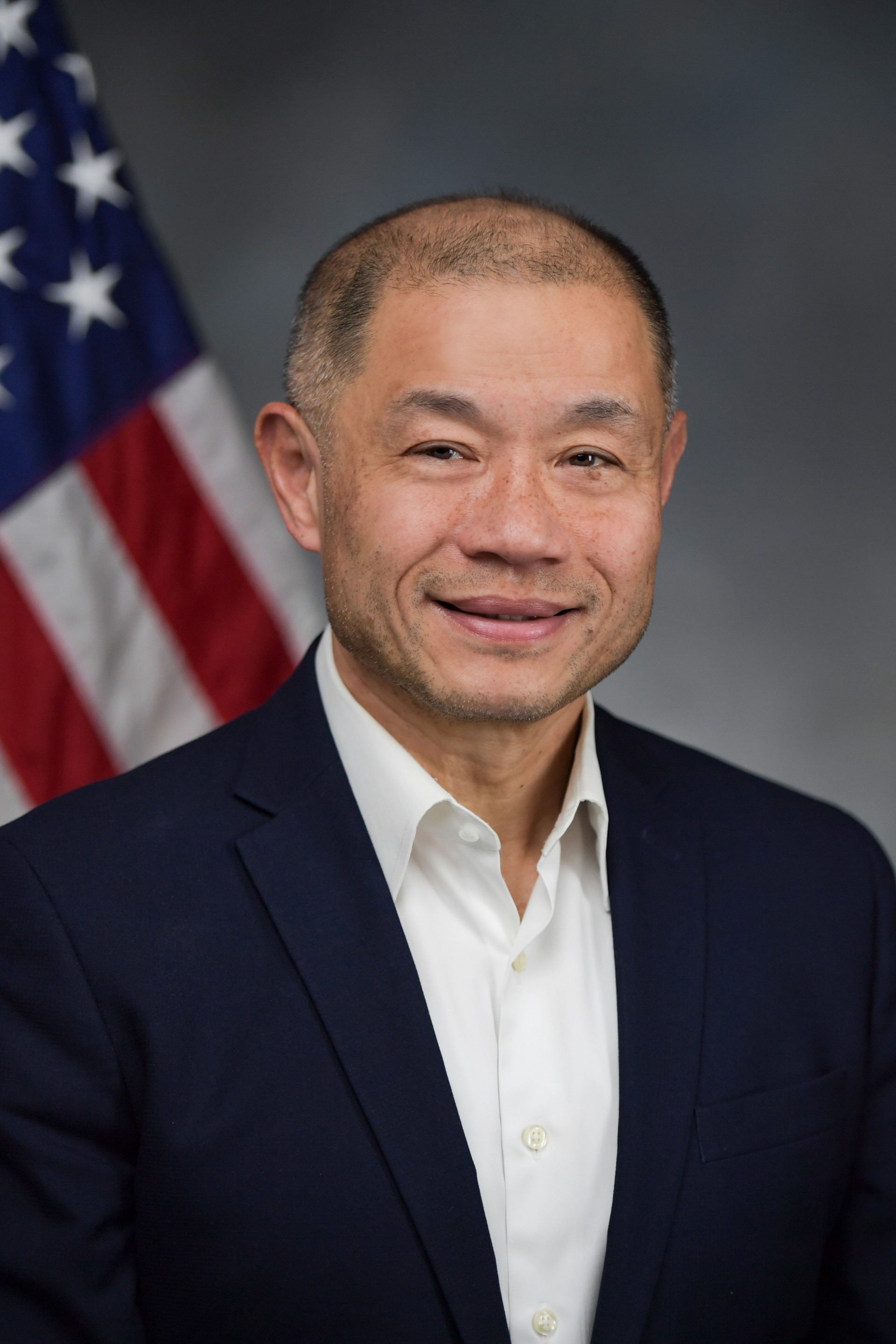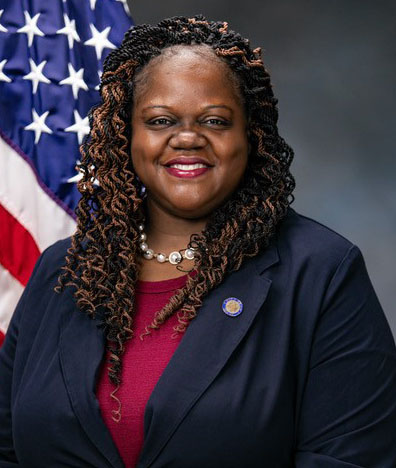S. 1163--A 2
trade operations on the North River, now known as the Hudson River. In
1624, New Amsterdam became a provincial extension of the Dutch Republic
and it was designated the capital of the province in 1625.
These first enslaved Africans cleared forests, prepared land for agri-
culture and built an infrastructure of roads, buildings and walls of
timber and earthwork, including the wall that gives Wall Street its
name. During the following years, more enslaved Africans were brought to
the New World for the purpose of expanding the settlement.
New Amsterdam came under English control in 1664 and was renamed New
York in honor of the then Duke of York, in whose name the English had
captured it. Three years later, the Dutch gave up their claim of the
city and the rest of the colony, in exchange for control of certain
trade routes and areas.
The change of control of the city did not hinder the system of slav-
ery; it was an enormously profitable enterprise and it continued under
English control. In fact, the English enacted new slave codes aimed at
keeping this population repressed. Further, a new class of pro-slavery
business owners also emerged seeking to, directly and indirectly, bene-
fit from the slave trade. They supplied food, tools and grain to slave
plantations in North America and in the West Indies. Slave labor built
and maintained ships used for trade between North America, Europe, the
Caribbean and Africa. Enslaved Africans produced goods for sale and
worked in private homes. Even newspapers benefited from slavery: adver-
tisements of enslaved Africans for purchase were a major source of
revenue for the papers during the eighteenth century. With these econom-
ic relationships in place, the pro-slavery forces in New York jealously
guarded what they viewed as their financial interests.
Life was repressive for enslaved Africans in New York. The New York
City Common Council passed a number of restrictive laws designed at
curtailing the rights and freedoms of enslaved Africans. Enslaved Afri-
cans were barred from owning significant property and from bequeathing
what they did own to their children. The number of people of African
descent who could gather in one place was limited. Restrictions on move-
ment included requiring enslaved Africans to carry lanterns after dark
and to remain in certain geographic areas.
Penalties for breaking these and other laws were severe. Beatings,
mutilations and executions were common.
Enslaved Africans refused to submit to the slave existence. The condi-
tions of their lives gave rise to rebellions and the development of a
network known as the Underground Railroad.
Moreover, a powerful abolitionist movement developed. Nonetheless, the
end of slavery in New York did not come easily or quickly. Those who
profited from the slave economy fought to maintain the system.
In 1799, the New York State Legislature, at a time when sixteen
sitting New York State Senators personally owned dozens of enslaved
Africans, passed "An Act for the Gradual Abolition of Slavery." This
legislation was a first step in the direction of emancipation, but it
provided little relief in the short-term. Rather, it provided for only a
gradual manumission. All children born to enslaved women after July 4,
1799 would be freed, but only after their most productive years: age 28
for men and age 25 for women. Enslaved Africans already in servitude
before July 4, 1799 were reclassified as "indentured servants," but in
reality, remained enslaved Africans for the duration of their lives.
In 1817, the New York State Legislature enacted a statute that gave
freedom to New York enslaved Africans who had been born before July 4,
1799. However, this statute did not become effective until July 4, 1827.
S. 1163--A 3
Despite these laws, there were exceptions under which certain persons
could still own enslaved Africans. Non-residents could enter New York
with enslaved Africans for up to nine months, and the law allowed part-
time residents to bring their enslaved Africans into the state temporar-
ily. The nine-month exception remained law until its repeal in 1841,
when the North was redefining itself as the "free" region in advance of
the Civil War.
Nevertheless, many formerly enslaved Africans fleeing slavery and
arriving in New York were forced back into slavery following the Fugi-
tive Slave Law of 1850. Moreover, even as the laws regarding slavery
were loosened, both public and private discrimination continued to main-
tain similar social relationships and racial hierarchies.
During the Civil War, sentiments in New York regarding the war were
divided and tense. New York's finance and local institutions were still
deeply entangled in the slave trade in the South and the Caribbean, and
New York profited tremendously from the trade in Southern cotton. By
some estimates, New York received 40% of U.S. cotton revenue through its
financial firms, shipping businesses, and insurance companies.
Near the start of the war, in January 1861, New York City Mayor
Fernando Wood actually suggested to the New York City Council that New
York secede and declare itself a "free city" in order to continue its
profitable cotton trade with the Confederacy. These same pro-slavery
forces erupted into violence when the national Conscription Act was
enacted on July 11, 1863. Pro-slavery forces engaged in "draft riots" in
New York City, violently targeting Black Americans. Before the riots
were finally stopped by federal troops four days later, over 119 New
Yorkers, mostly Black Americans, had been killed. After the end of the
Civil War, Congress passed the 13th, 14th, and 15th Amendments to offi-
cially end slavery, make Black people citizens, and enable Black men to
enjoy all rights of citizenship including the right to vote. Although
New York had given Black men the right to vote in 1827, it retained
property requirements, and included new restrictions on the right to
vote for those accused of committing crimes, to continuously maintain a
system of disenfranchisement. On April 14, 1869, New York ratified the
15th Amendment in a party-line vote. In 1870, however, control of the
Senate changed to those who were sympathetic to the recently defeated
South, with State Senator William "Boss" Tweed leading a charge for New
York to rescind its ratification of the 15th amendment (i.e., the right
to vote). New York legislators at the time claimed that allowing Black
New Yorkers to vote "would introduce ignorance to the ballot box and the
suffrage would be cheapened and degraded". Along another party-line
vote, New York rescinded its ratification. Fortunately, however, this
rescission did not prevent the 15th Amendment from being ratified.
Following the Civil War, conditions for Black Americans in New York
remained poor. Newly emancipated enslaved people and their families
needed to contend with both public and private discrimination in the
State of New York. Although civil rights legislation was passed in the
years following the Civil War, in an attempt to guard against acts of
discrimination, Associate Justice Joseph P. Bradley, of New York State,
wrote a majority (8-1) decision for the United States Supreme Court,
striking down these civil rights laws. The case related to an 1879 inci-
dent, where a Black New Yorker had been turned away from the Grand Opera
House located on West 23rd Street and 8th Avenue; even though this man
had paid for a ticket, he was turned away, and a local policeman forci-
bly removed him from the premises. Although the following lawsuit was
brought under the civil rights act, Justice Bradley rejected the claims,
S. 1163--A 4
stating: "Can the act of a mere individual, the owner of the inn, the
public conveyance or place of amusement, refusing the accommodation, be
justly regarded as imposing any badge of slavery or servitude upon the
applicant...? After giving to these questions all the consideration
which their importance demands, we are forced to the conclusion that
such an act of refusal has nothing to do with slavery or involuntary
servitude." With this ruling, private citizens were once again permitted
to lawfully discriminate against their fellow New Yorkers, with no legal
recourse. A subsequent New York Times editorial, however, stated that it
did not foresee any substantial changes in daily life because the civil
rights legislation to protect Black New Yorkers "has never been
enforced" in any meaningful way.
With this legal precedent, expanding even more broadly when the 1896
case of Plessy v. Ferguson explicitly permitted segregated railroads and
street cars, Jim Crow laws, along with various forms of private discrim-
ination, spread across the country and New York State. Segregation
became particularly common in both education and housing. In 1883, when
a Black resident of Kings County sought to enroll her daughter in a
school for white children, her child was denied admission. In the subse-
quent lawsuit of People, ex. Rel King v. Gallagher, the Court ruled in a
4-2 decision that "[t]he system of authorizing the education of the two
races separately has been for many years the settled policy of all
departments of the State government, and it is believed obtains very
generally in the States of the Union." The New York Court of Appeals
upheld the segregation of schools in Kings County. Although the laws
have changed in the years since this decision, research has shown that
up to the present day of this writing, New York still is the most segre-
gated state for Black students.
Discrimination in housing has also been a persistent and constant
issue in New York since the Civil War. In addition to the housing
inequality that came with wealth inequality, landlords have engaged in
discriminatory housing practices. Black Americans of all backgrounds
typically paid disproportionately higher rents, and were forced into
dilapidated tenement conditions, with the support of public officials.
This pattern of geographic isolation would continue to impact Black
Americans in New York continuously throughout the years, including
through the state-sanctioned discriminatory "redlining" practices in the
1930s, and in the segregationist urban planning implemented by individ-
uals like Robert Moses in later decades. Importantly, the Federal Hous-
ing Administration (FHA), an institution that refused to insure mort-
gages in or near African American neighborhoods, subsidized builders who
were creating subdivisions and developments in the suburbs, with the
proviso that none of the homes be sold to African Americans. For exam-
ple, in Levittown, New York, the FHA guaranteed bank loans for
construction and development to Levittown on the condition that no homes
be sold to African-Americans, and that every home have a clause in its
deed prohibiting resale to African-Americans.
The consequences of these past practices are still with us today. In
1991, a massive African burial ground was discovered in the heart of New
York's financial district during the construction of a skyscraper. The
excavations that followed the termination of the construction project
yielded the skeletal remains of 419 Africans, many of whom were women
and children.
The consequences of slavery in New York State is not an echo of the
past, but can still be observed in daily life. Systemic racism has
cemented a legacy of generational poverty, and we still see today
S. 1163--A 5
instances of voter suppression, housing discrimination, biased policing,
food apartheid, and disproportionate rates of incarceration. Currently,
in the United States, the imprisonment rate of Black Americans for drug
charges is almost six times that of white Americans, despite the rate of
drug usage being similar among both groups. Likewise, the use of the
"Stop and Frisk" tactic by the New York City Police Department has had
disparate impacts: at the policy's peak in 2011, an estimated 685,724
people were stopped, with fifty-three percent of those being Black, even
though only twenty-six percent of New York City's population was Black.
These policies have also led to the tragic deaths of Black Americans
here in New York, such as Daniel Prude, who was unarmed and facing a
mental health crisis when he was forcibly restrained by Rochester
police, and ultimately died due to complications of asphyxia resulting
from his restraint.
New York State's status as an economic and cultural hub of the world
has been built and shaped by slavery. The contributions of enslaved
Africans has provided the resources upon which trade and commerce in New
York was built. Some of our most prestigious institutions and infras-
tructure were built with these contributions. However, New York State
also has the largest income disparity in the country, and that large
disparity is in large part the legacy of our slave system.
This legislation is necessary because the slavery that flourished in
New York State constituted an immoral and inhumane deprivation of Afri-
cans' life, liberty, citizenship rights, cultural heritage, and denied
them the fruits of their own labor. A sufficient inquiry has not been
made into the effects of the institution of slavery on present day soci-
ety in New York.
§ 3. Establishment, purpose and duties of the commission. a. Estab-
lishment. There is hereby established the New York State community
commission on reparations remedies (hereinafter referred to as the
"commission").
b. Duties. The commission shall perform the following duties:
(1) Examine the institution of slavery which existed within the State
of New York and in the City of New York. The commission's examination
shall include, but not be limited to, an examination of:
(A) the capture and procurement of Africans;
(B) the transport of Africans to what is now known as New York City
and New York State for the purpose of enslavement, including their
treatment during transport;
(C) the sale and acquisition of Africans as chattel property in inter-
state and intrastate commerce, including the direct and indirect bene-
fits that New York received from these economic relationships;
(D) the treatment of enslaved Africans in the City of New York and the
State of New York, including the deprivation of their freedom, exploita-
tion of their labor, and destruction of their culture, language, reli-
gion, and families; and
(E) the treatment of formerly enslaved Africans and their descendants
in the City of New York and the State of New York during the period
between the end of the Civil War and the present.
(2) Examine the extent to which the federal government, as well as the
state and local governments of New York, supported the institution of
slavery, including the extent to which such governments prevented,
opposed, or restricted efforts of freed enslaved Africans to repatriate
to their homeland.
S. 1163--A 6
(3) Examine how New York State engaged in the interstate transfer of
enslaved Africans, and carried out federal policies in the furtherance
of slavery.
(4) Examine the de jure and de facto discrimination against freed
enslaved Africans, their descendants, and people of African descent,
generally, at both the state and federal levels of government, during
the period between the end of the Civil War and the present, including,
but not limited to, economic, political, educational, and social
discrimination.
(5) Examine the lingering negative effects of the institution of slav-
ery and discrimination on living people of African descent and on socie-
ty in the State of New York.
(6) Examine the current condition of living people of African descent
in the State of New York, to the extent practicable, including, but not
limited to, economic, political, educational, and social conditions.
(7) Recommend appropriate ways to educate the public of the commis-
sion's findings.
(8) Recommend appropriate remedies and reparations in consideration of
the commission's findings on the matters described in paragraphs 1, 2,
3, 4, 5, and 6 of this subdivision to determine how the state of New
York may provide for appropriate laws, policies, programs, projects, and
other recommendations in order to reverse such injuries. Such remedies
may include compensation, including but not limited to the amount of
compensation and who should be eligible for such compensation.
(9) Examine the feasibility for the creation of a bureau to assist in
the distribution and administration of remedies and reparations as
recommended by the commission pursuant to paragraph 8 of this subdivi-
sion.
c. Report to the legislature. The commission shall submit a written
report of its findings and recommendations to the temporary president of
the senate, the speaker of the assembly, the minority leaders of the
senate and the assembly and the governor not later than one year after
the date of the first meeting of the commission held pursuant to subdi-
vision c of section four of this act.
§ 4. Membership. a. Appointment of members. The commission shall be
composed of nine members who shall be appointed within 90 days after the
effective date of this act, as follows:
(1) three members shall be appointed by the governor;
(2) three members shall be appointed by the speaker of the assembly;
(3) three members shall be appointed by the temporary president of the
senate.
b. Qualification of members. All members appointed to the commission
shall be persons who are especially qualified to serve on the commission
by virtue of their expertise, education, training, or lived experience,
in the fields of African or American studies, the criminal legal system,
human rights, civil rights, law, economics, psychology, civil society
and reparations organizations that have historically championed the
cause of reparatory justice, clergy, and/or the history of slavery in
New York, and, to the extent possible, represent geographically diverse
areas of the state.
c. First meeting. The first meeting of the commission shall take place
within 180 days after the effective date of this act.
d. Quorum. Five members of the commission shall constitute a quorum,
but a lesser number may hold hearings.
e. Chair and Vice Chair. The commission shall elect a Chair and Vice
Chair from among its members no later than the first meeting.
S. 1163--A 7
f. Compensation. The members of the commission shall receive no
compensation for their services as members, but shall be reimbursed for
their actual and necessary expenses incurred in the performance of their
duties.
§ 5. Powers of the commission. a. Hearings and sessions. The commis-
sion shall, for the purpose of carrying out the provisions of this act,
solicit public input from stakeholders and interested parties, and shall
hold such public hearings as the commission considers appropriate.
b. Powers of subcommittees and members. Any subcommittee or member of
the commission may, if authorized by the commission, take any action
which the commission is authorized to take by this section.
c. Obtaining official data. The commission may acquire directly from
the head of any department, agency, or instrumentality of the state,
available information which the commission considers useful in the
discharge of its duties. All departments, agencies, and instrumentali-
ties of the state shall cooperate with the commission with respect to
such information and shall furnish all information requested by the
commission to the extent permitted by law. The commission may also
coordinate with historically black colleges and universities and
research centers to conduct research and acquire additional information
which the commission considers useful in the discharge of its duties
pursuant to this act.
§ 6. Termination. The commission shall terminate 90 days after the
date on which the commission submits its report to the temporary presi-
dent of the senate, the speaker of the assembly, the minority leaders of
the senate and the assembly and the governor as provided in subdivision
c of section three of this act.
§ 7. This act shall take effect immediately and shall expire and be
deemed repealed 90 days after the New York State community commission to
study reparations remedies submits its report to the temporary president
of the senate, the speaker of the assembly, the minority leaders of the
senate and the assembly and the governor as provided in subdivision c of
section three of this act; provided that, the chair of the New York
State community commission to study reparations remedies shall notify
the legislative bill drafting commission upon the submission of its
report as provided in subdivision c of section three of this act in
order that the commission may maintain an accurate and timely effective
data base of the official text of the laws of the State of New York in
furtherance of effecting the provisions of section 44 of the legislative
law and section 70-b of the public officers law.
